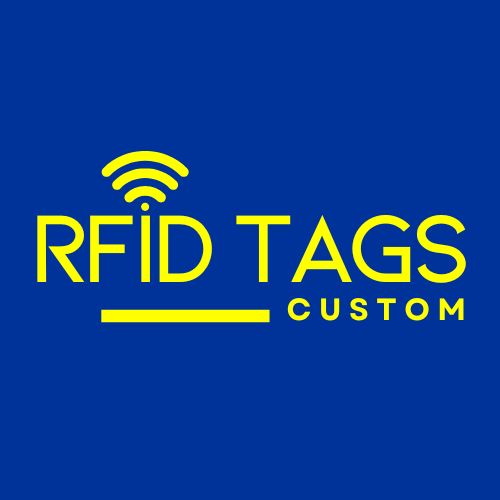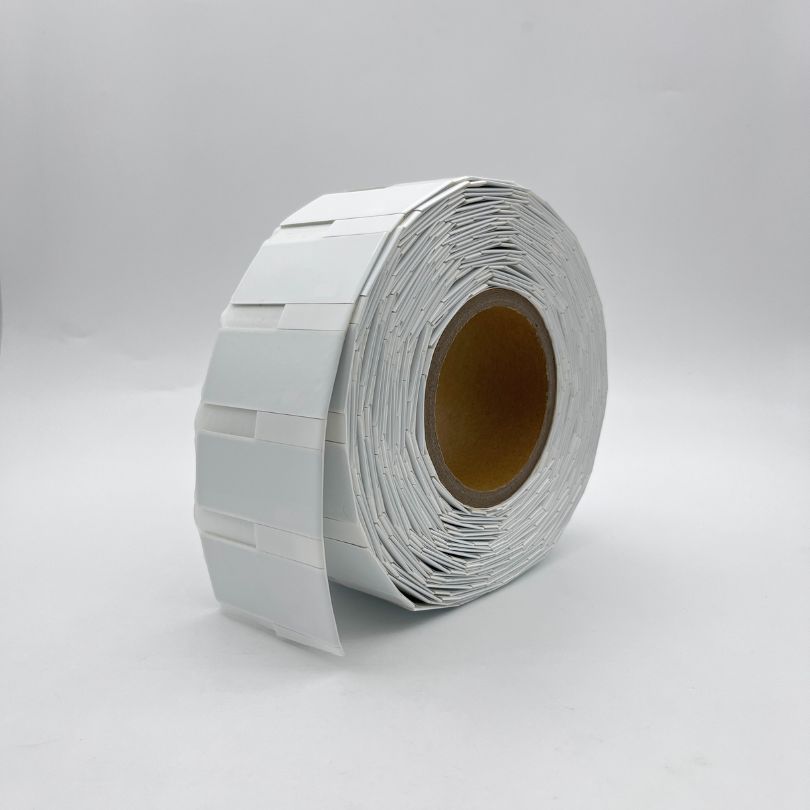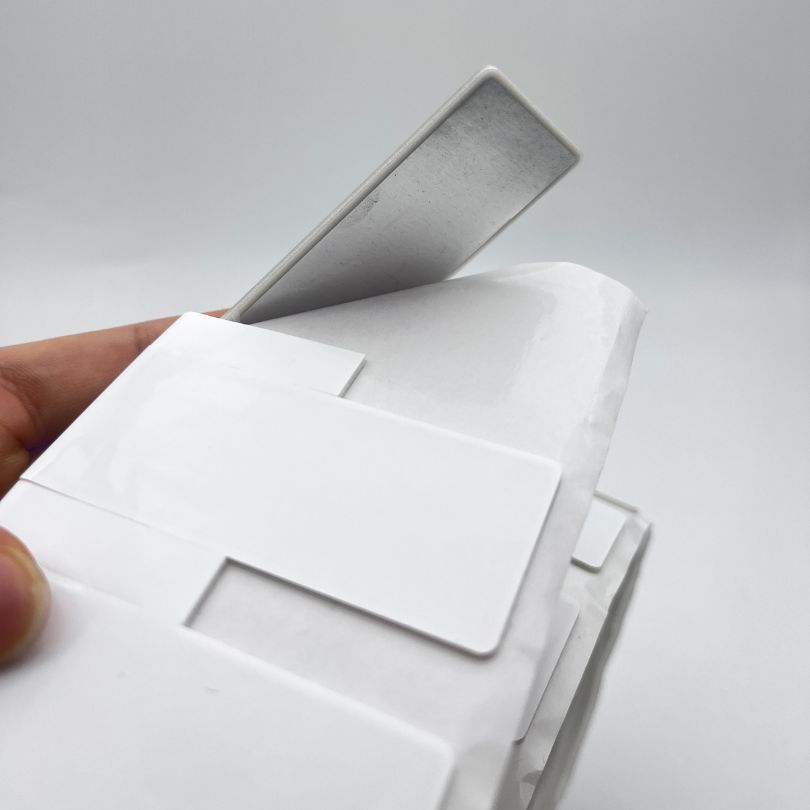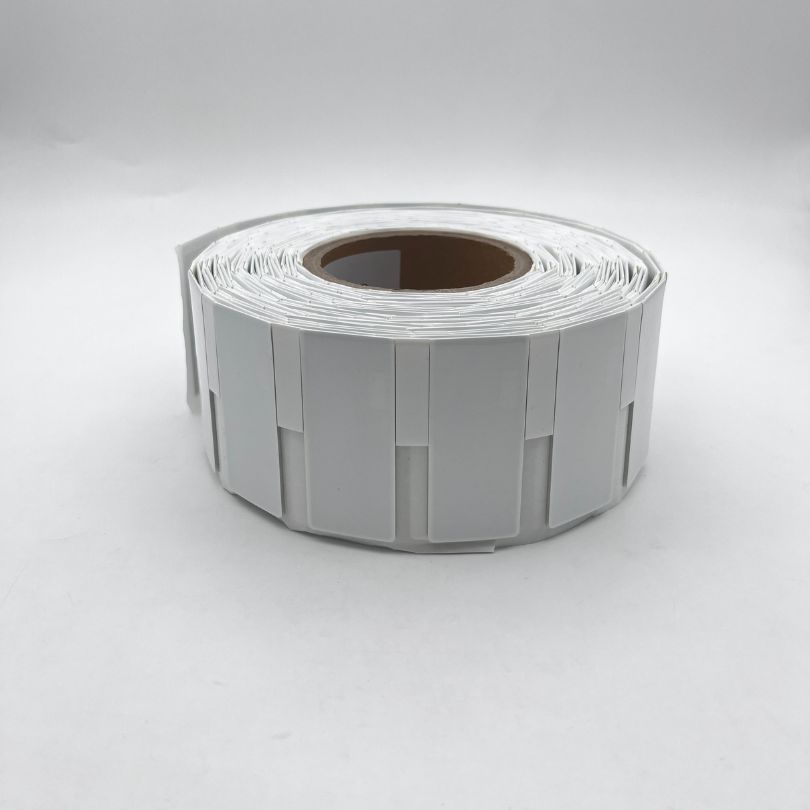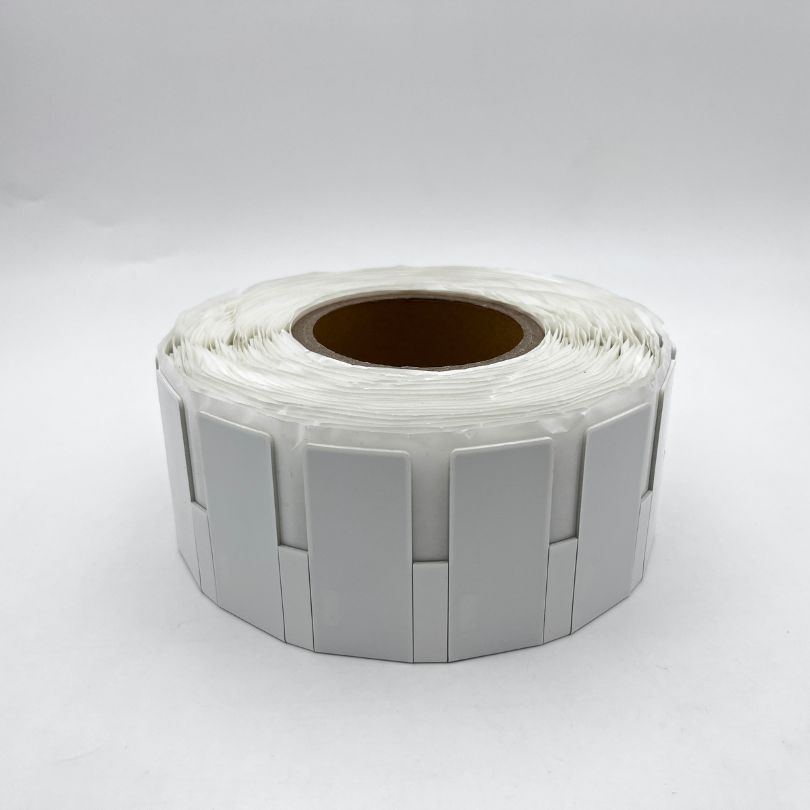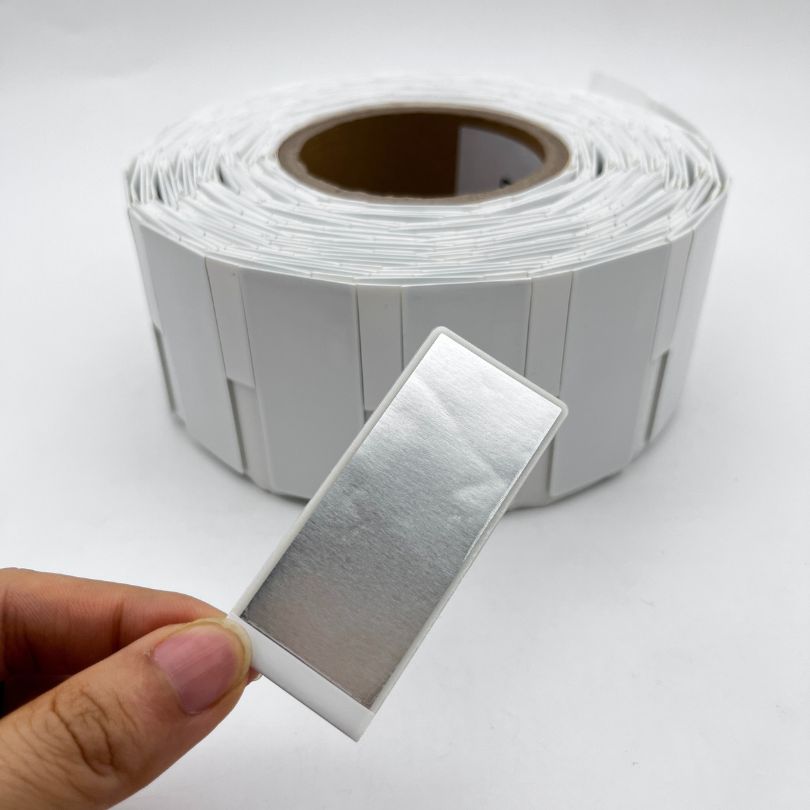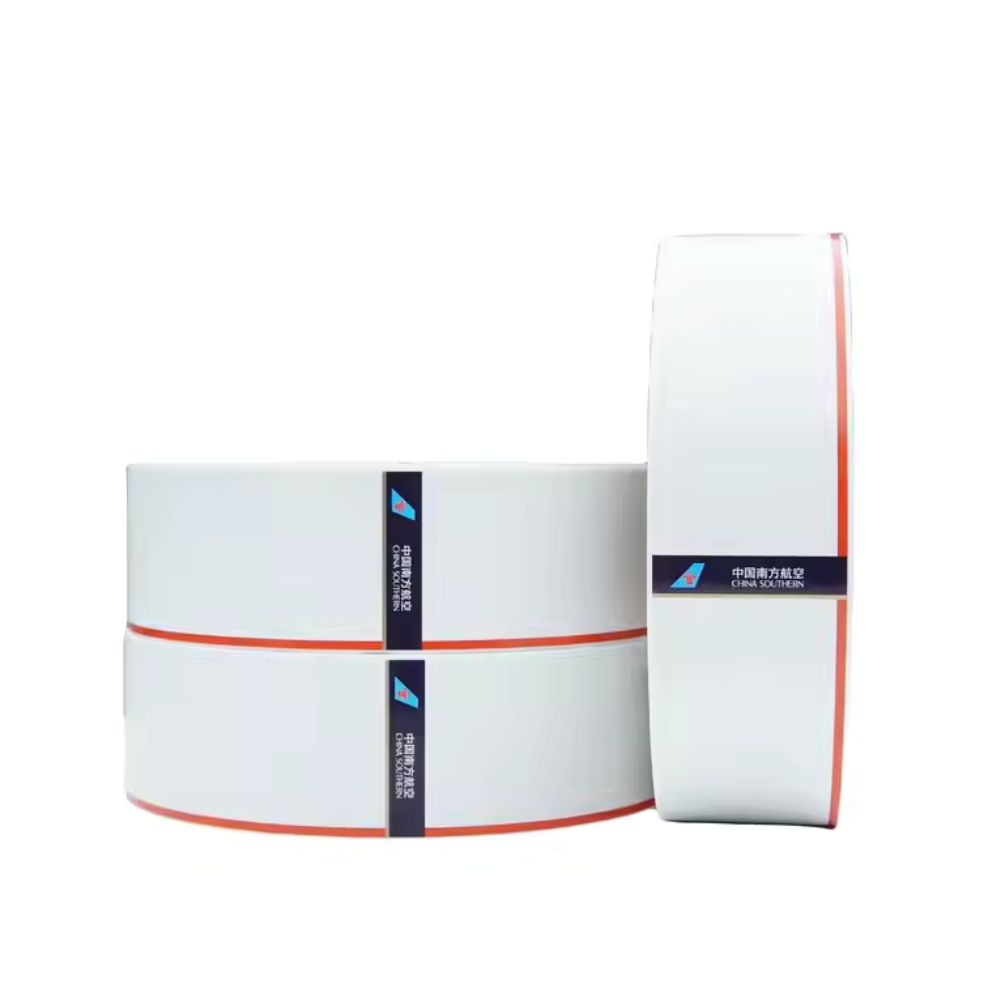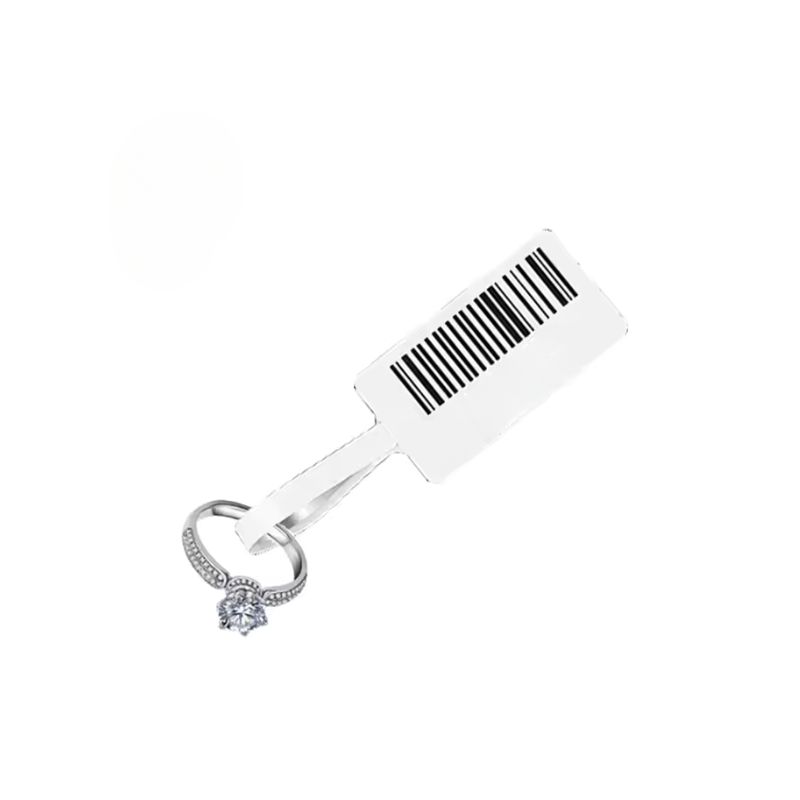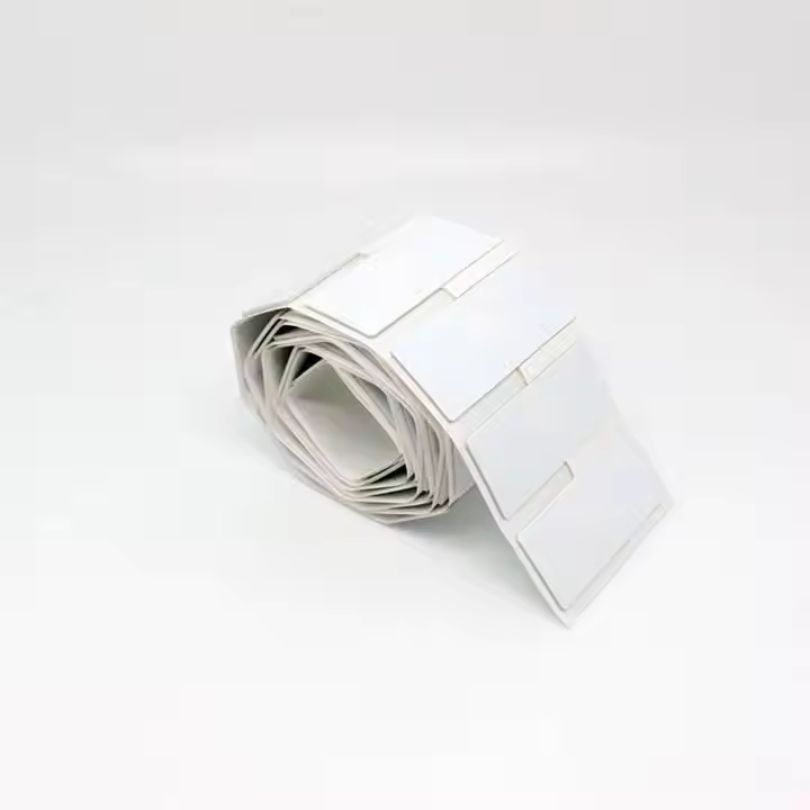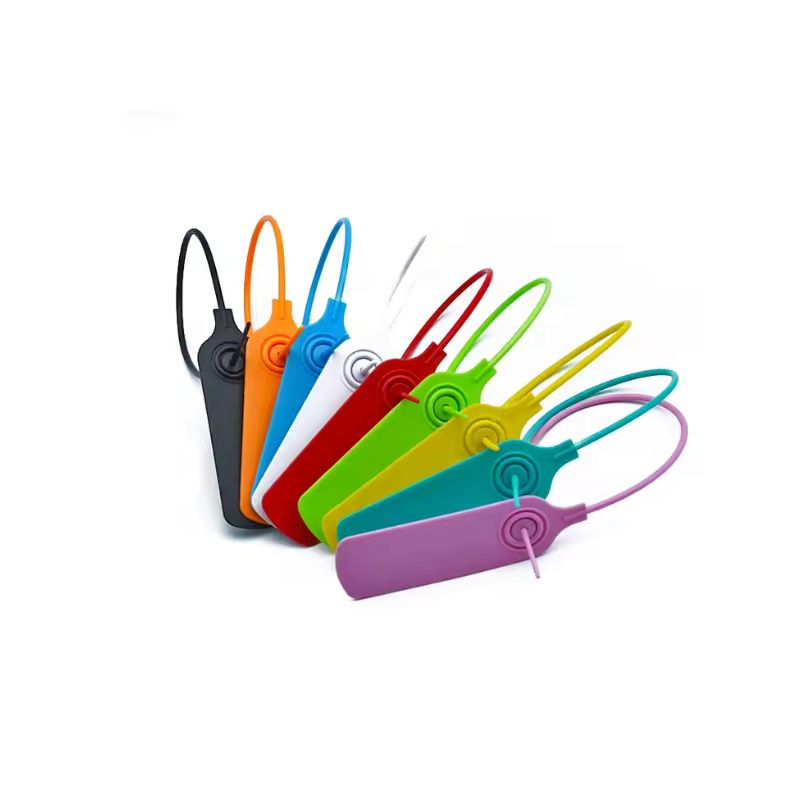
860-960MHz UHF Passive RFID Tags Anti-metal Sticker Tags
UHF Passive RFID Tags – Rugged Anti-Metal Sticker Tags for Seamless Tracking
Experience precision tracking with our UHF Passive RFID tags, engineered to conquer metal surfaces and transform asset management. As premium UHF RFID anti metal tag solutions, our anti metal RFID tag stickers ensure fast reads, low maintenance, and maximum reliability in industrial environments.
Key Features of UHF Passive RFID Tags
- Metal-optimized design – Each Anti Metal RFID tag incorporates a shielding layer for consistent reads up to 12 m.
- Battery-free operation – Passive tags powered by reader signals reduce ownership costs.
- Rugged durability – Weather, chemical, and waterproof capabilities in harsh environments.
- Global compliance – EPC Gen2 | ISO 18000‑6C standards (860‒960 MHz UHF).
- Strong adhesive backing – Ensures reliable bond even on metal surfaces.
- Customizable options – Choose chip models (Impinj, NXP), memory, prints, die-cuts.
- Long-term reliability – Up to 10 years data retention with passive longevity.
Real Use Case: UHF Passive RFID Tags for Tool Tracking
A global construction company implemented UHF passive RFID tags with anti-metal stickers on power tools and machinery. By using passive RFID tags, they reduced lost tool incidents by 45% and automated inventory counts—saving thousands of dollars in manual labor costs and asset replacements.
Technical Specifications
| Feature | Specification |
| Frequency Range | 860–960 MHz (Global UHF) |
| Protocol | EPC Gen2 / ISO 18000-6C |
| Chip Options | Impinj Monza R6, NXP UCODE 8, Monza 4QT |
| Read Range | Up to 12 meters (depending on reader) |
| Material | PET, Paper, Custom Materials Available |
| Adhesive | Strong adhesive for metal surfaces |
| Operating Temperature | -20°C to +70°C |
| Data Retention | 10 years |
| Write Cycles | 100,000 rewrites |
| Customization | Printing, Encoding, Special Inlay Design |
Applications
- Industrial Asset Management: Track tools, machinery, and metallic parts with UHF passive RFID tags and anti-metal stickers.
- Logistics & Supply Chain: Apply passive RFID tags to metal containers, pallets, or returnable transport items.
- Healthcare Equipment Tracking: Use UHF passive RFID tags for managing surgical instruments or medical devices.
- IT Asset Management: Attach anti-metal stickers to servers, laptops, and data center hardware.
- Warehouse & Inventory Control: Streamline stock counts of metal goods with automated RFID scanning.
Why Choose Our UHF Passive RFID Tags?
- Factory-Direct Customization: We offer custom printing, chip options, and encoding for your UHF passive RFID tags.
- True Anti-Metal Sticker Technology: Designed specifically for tracking items on metal surfaces without signal loss.
- Passive RFID Tags = Low Maintenance: No batteries needed—our passive RFID tags are maintenance-free.
- Global Compatibility: Complies with all major RFID systems across North America, Europe, and Asia.
- Proven ROI: Cut labor costs, increase tracking accuracy, and prevent asset loss.
Upgrade your tracking system with UHF passive RFID tags designed for metal surfaces.
FAQ
What are UHF passive RFID tags?
UHF passive RFID tags are battery-free RFID tags operating at ultra-high frequencies (860–960 MHz). They rely on RFID readers to power the chip and transmit data wirelessly.
What is an anti-metal sticker?
An anti-metal sticker is a specialized layer added to RFID tags to prevent signal interference from metal surfaces. This allows UHF passive RFID tags to work directly on metal without performance loss.
How do passive RFID tags work?
Passive RFID tags collect energy from an RFID reader’s radio waves to power their chip and send back unique ID data. No internal battery is needed.
Can these UHF passive RFID tags be customized?
Yes! We offer custom printing, chip encoding, and size adjustments for all UHF passive RFID tags to match your specific tracking system.
What industries use anti-metal passive RFID tags?
Industries including manufacturing, logistics, healthcare, IT, and construction use UHF passive RFID tags with anti-metal stickers to track metal tools, equipment, and assets reliably.
Get Your Custom RFID Tags
As a leading custom RFID tag manufacturer, we craft solutions based on the unique needs of your operation. We offer a wide range of customization options, including material, size, frequency, encoding, and read distance, ensuring each RFID Tag is perfectly customized to your requirements. No matter what application you use RFID tags for, we can provide rugged, reliable RFID tags that meet the highest quality and durability standards. Here are the main ways we customize RFID tags to fit your needs.

Material Selection
Material is key for customizing RFID tags. Plastic works in harsh conditions, while softer materials suit delicate spaces. Different materials also affect signal performance. Pick what fits your use case to ensure your tags last and work reliably.

Customized Size
Size shapes usability. Small tags fit tight spaces or tiny items, while larger tags are easily read. In crowded areas, sleek tags prevent clashes. Align shape and dimension with your goods for visibility, convenience, and performance.

Frequency Requirements
Choose LF, HF, or UHF based on read range, speed, and interference. LF and HF resist metals and liquids but have shorter ranges. UHF offers an extended range yet may face signal blocks. Match frequency to your environment for reliable performance.

Reading Distance
Define the distance at which you have to read the tag. Short distances work for retail checkouts, while warehouses may need meters of coverage. Antenna design, reader settings, and power outputs affect range.Adjust these factors to capture data accurately at the distance you need.

Encode
Plan how data is stored on each tag. Some only hold an ID, while others contain detailed info. Decide if you need a simple EPC or added user memory. Ensure your chosen format works with existing software. Proper encoding streamlines processes and slashes errors.

Application Environment
Consider real-world conditions. Temperature swings, humidity, and chemicals can degrade tags. For outdoor use, opt for UV-resistant casings. In healthcare or food settings, ensure compliance with safety rules. Matching your tags to the environment maximizes their lifespan.
Related Products
Customize any RFID tags from our factory to meet your requirements.
